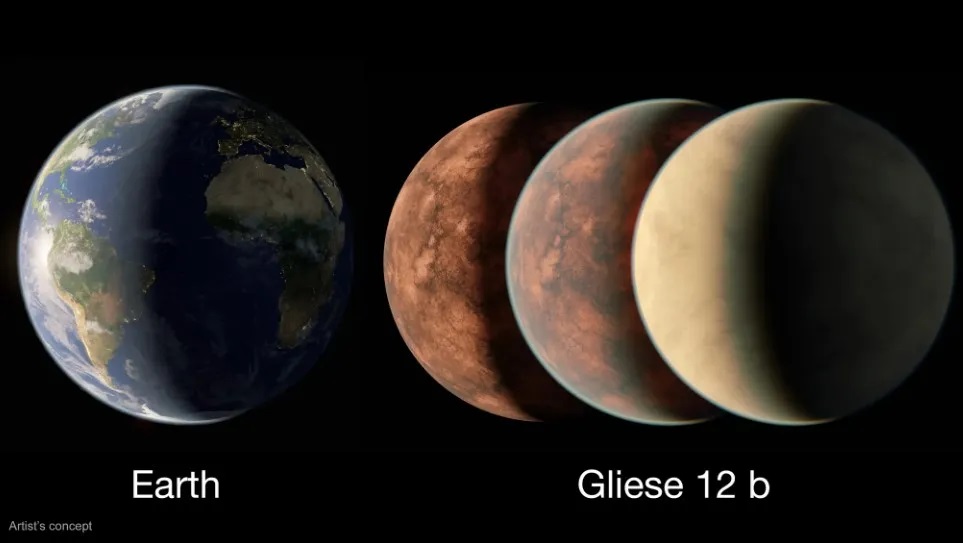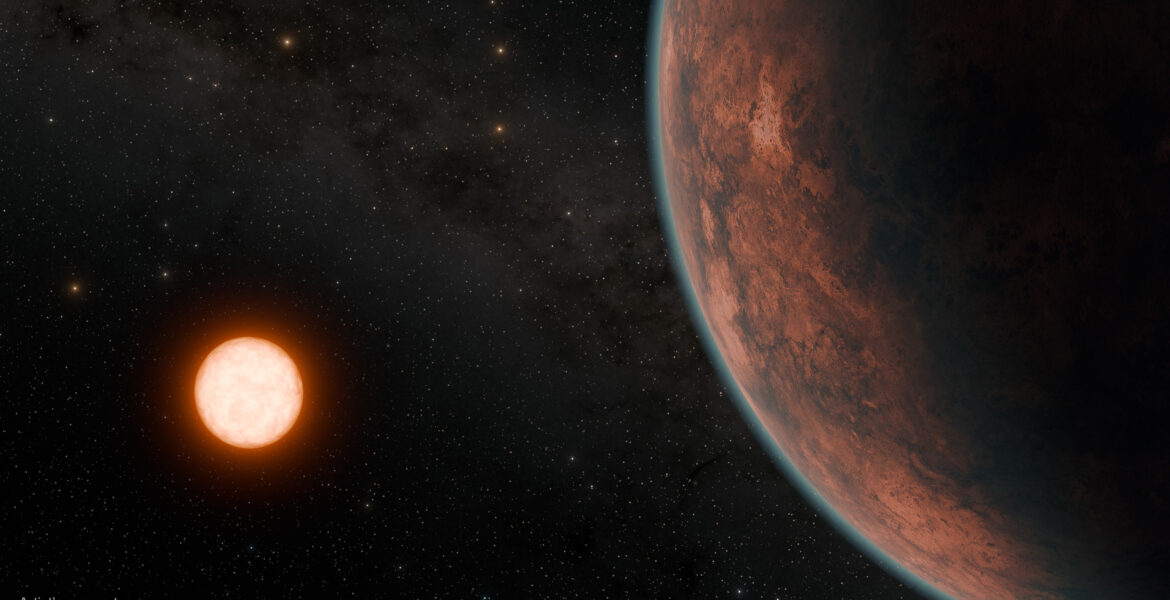Shishir Dholakia, a PhD student at the University of Southern Queensland (UniSQ) Centre for Astrophysics, has made a thrilling discovery while analysing data from NASA’s Transiting Exoplanet Survey Satellite (TESS).
Gliese 12 b, a planet between the sizes of Earth and Venus and only 40 light-years away, was discovered with the use of NASA’s TESS (Transiting Exoplanet Survey Satellite) and many other facilities.
Reflecting on his journey into astrophysics, initially sparked by a passion for astrophotography, Mr Dholakia said: “The moment we were actually looking at this for the first time, it was the Eureka moment of, ‘Wow, this could really be something special going on’.”

“It’s been very special; it’s been really nice to learn from everyone who has so much more experience than we do. At the same time, it’s been great to share the expertise that we have at UniSQ with the rest of the world.”
Mr Dholakia and his team sought additional data to confirm their initial findings. Utilising resources from UniSQ’s Mt Kent Observatory and the European Space Agency’s CHEOPS satellite, they embarked on further investigations. The project was a collaboration between University of Edinburgh PhD student Larissa Palethorpe and NASA researchers.
The newly discovered planet, now named Gliese 12 b, was confirmed to be Earth-sized and temperate, raising the possibility of it being habitable.
“Gliese 12 b could be at the right temperature for liquid water to pool on its surface, and that’s important because we tend to think liquid water is an essential ingredient for life as we know it,” Mr Dholakia explained.
In the ongoing quest to discover habitable planets, Gliese 12 b presents a promising candidate. Situated just 40 light-years away, it is one of the closest potentially habitable planets to Earth. This proximity allows astronomers to utilise the largest space telescopes to better understand the planet.
Gliese 12 is a cool red dwarf located in the constellation Pisces. The star is only about 27% of the Sun’s size, with about 60% of the Sun’s surface temperature.
It orbits every 12.8 days and is Earth’s size or slightly smaller — comparable to Venus. Assuming it has no atmosphere, the planet has a surface temperature estimated at around 107 degrees Fahrenheit (42 degrees Celsius).
“Earth is this haven for life as we know it, but Venus is hot enough to melt lead on its surface. The difference between these two planets is largely because Venus has a very hostile atmosphere,” he said.
“We think that Gliese 12 b, which is right between Earth and Venus in terms of the amount of light that it gets from its Sun, could bridge the gap between Earth and Venus and help us understand why the two turned out to be so different.”
The discovery of Gliese 12 b marks a significant milestone in the search for habitable planets and underscores the collaborative spirit of the global scientific community.

A paper led by the team, which includes Masayuki Kuzuhara, a project assistant professor at the Astrobiology Center in Tokyo and Akihiko Fukui, a project assistant professor at the University of Tokyo, was published on 23 May 2024 in The Astrophysical Journal Letters.
The findings from Larissa Palethorpe and Shishir Dholakia were published in Monthly Notices of the Royal Astronomical Society on the same day.
TESS is a NASA Astrophysics Explorer mission managed by NASA Goddard and operated by MIT in Cambridge, Massachusetts.
READ MORE: Amazon Develops "Metis", the Greek Goddess of Wisdom to Challenge ChatGPT.


